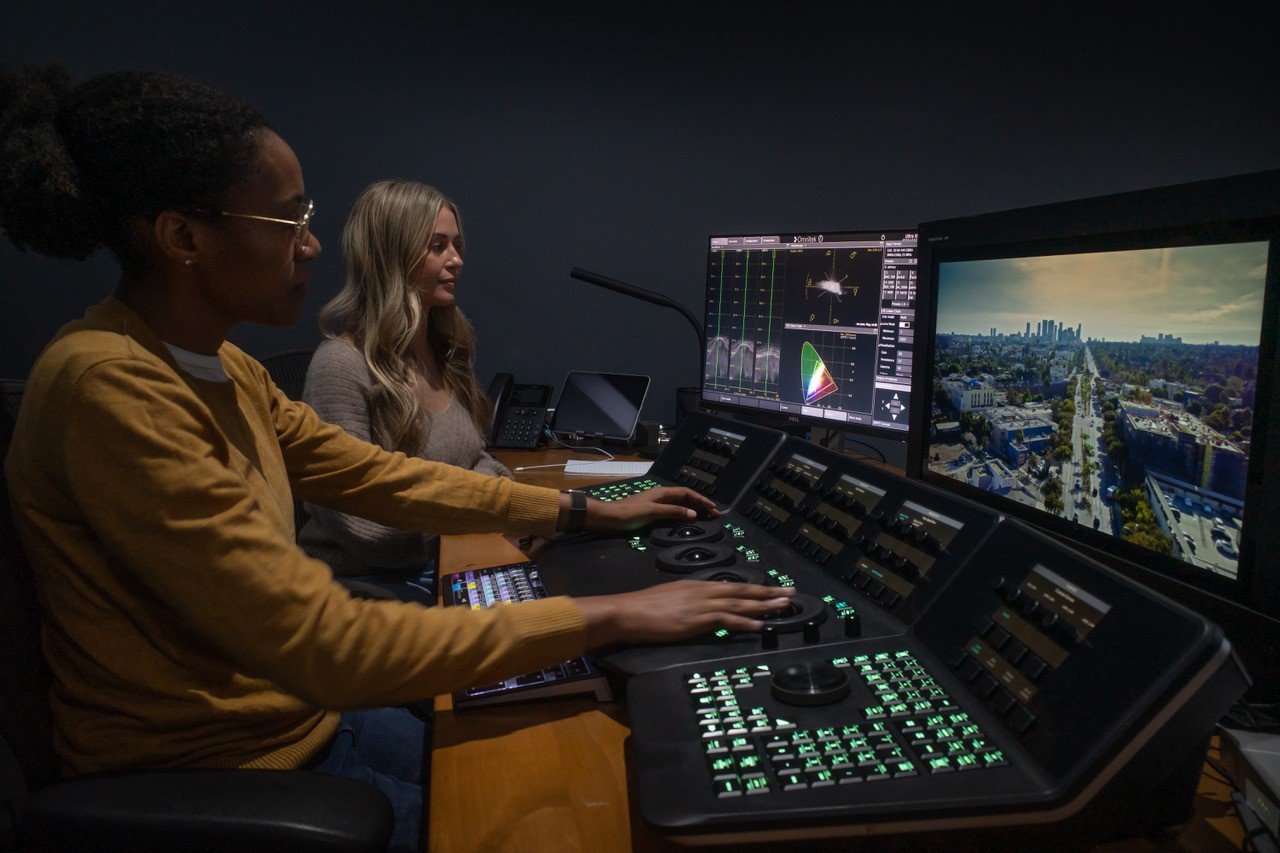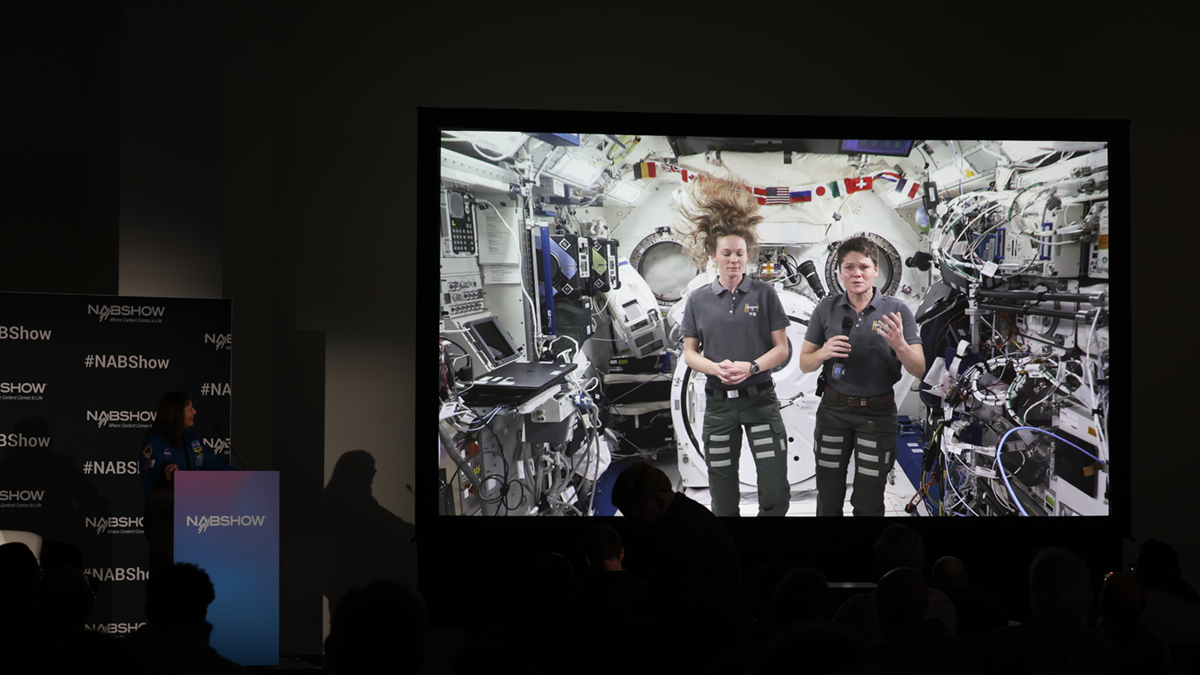Arsenal FX Color Meets Evolving Evaluation Needs With New Sony BVM-HX311 Master Monitor
The 4K professional grading monitor complements the post house’s existing inventory of Sony monitors

LOS ANGELES—High-end boutique post-production house Arsenal FX Color has upgraded its evaluation monitoring with the addition of Sony’s new 4K BVM-HX3110 TRIMASTER HX professional grading monitor to handle its diverse workload of increasingly complex media projects and meet client demands for high-quality content.
Focused on long-form content for broadcast television, streaming services, feature films and commercials, Arsenal has witnessed an evolution in the role of monitors over the years. Adding the HX3110 signals to clients that the self-described “artist-driven” shop has first-hand experience with personalized client service and prioritizes quality, it said.
"I’m a colorist, Josh Baca is an editor, and our other partner, O.T. Hight, is a visual effects artist," said Larry Field, managing partner and supervising colorist at Arsenal. "Our combined expertise offers a profound understanding of client engagement in the studio. This [the HX3110] enables us to provide nuanced guidance tailored to today's highly specialized projects across multiple genres of home and theatrical entertainment."
Arsenal installed the HX3110 in early 2024, complementing its current inventory of Sony monitors. The pot house previously installed several BVM-X300 models, later adding several BVM-HX310s, which offer the same color gamut as the new BVM-HX3110 for ease of use in tandem operation and overall consistency, Sony said.
With improved viewing angles, quicker pixel response and a more intuitive menu system, the HX3110 is designed for enhanced color fidelity. Peak luminance has been increased to 4000 cd/m² with high-speed pixel response and reduced motion blur, it said.
Arsenal has seen the projects it takes on evolve. Handling more projects, Arsenal has faced a wider range of requirements for color, conforming and visual effects. Projects are now underway longer compared to the past with regards to network-based broadcast television projects and features that do not have an upfront streaming component, the Arsenal team noted.
“There was a rhythm and a fairly predictable delivery schedule with TV work,” said Baca, partner and chief technology officer at Arsenal. “Now we work on projects that are six to 10 episodes and in some cases are treated more like a large feature film. They are more complex, require more time and as a result projects are open longer. Plus, we’re creating multiple deliverables on everything: standard and high dynamic range, multiple nit levels, different color spaces, formats and more.”
Get the TV Tech Newsletter
The professional video industry's #1 source for news, trends and product and tech information. Sign up below.
“The improved viewing angle really helps, especially when you have a client or a DP, for example, sitting next to you during a session. If you hit something off-axis where the colors and contrast are shifting, then they start questioning the quality of the color correction. But now you can have someone next to you enjoying the same viewing as if they were looking straight at it.”
The Arsenal team has also found the monitor’s improved pixel response, reduced latency and intuitive menu system offer significant workflow benefits.
“We use the fast response license to review items like end credit scrolls and check for motion blur,” Baca said. “Also, the menu system is intuitive enough for artists to easily make changes to color spaces or nit levels, which is especially helpful because they're swapping between projects throughout their working day.”
The new monitor is helping Arsenal to fulfill increasingly varying delivery requirements faster and more efficiently for streaming platforms and stay up to date with the latest trends in monitoring. At the same time, the growth of the home entertainment market also affects the professional monitoring space. TV manufacturers are producing new models capable of displaying higher nit levels, plus increasingly discerning viewing consumers expect higher quality levels.
“The decision to entirely grade a project in HDR and view it only in HDR is becoming more of a trend, where just a few years ago there weren't even enough qualified devices available to execute that type of project properly,” said Field. “The streamers are really advancing the requirements for HDR, and we now have demand to hit 4,000 nits where a year ago the conversation never went past 1,000 nits.”
More information is available on the Sony and Arsenal FX Color websites.
Phil Kurz is a contributing editor to TV Tech. He has written about TV and video technology for more than 30 years and served as editor of three leading industry magazines. He earned a Bachelor of Journalism and a Master’s Degree in Journalism from the University of Missouri-Columbia School of Journalism.

